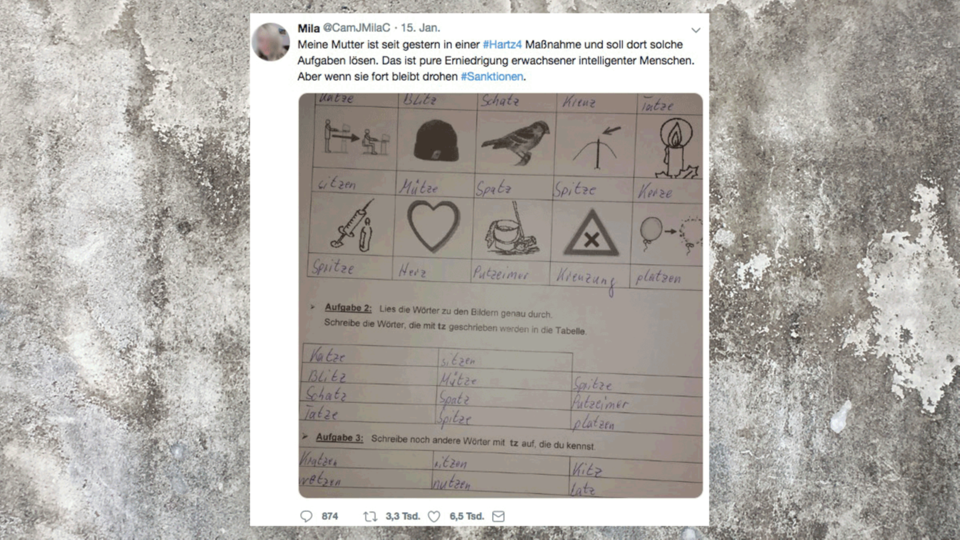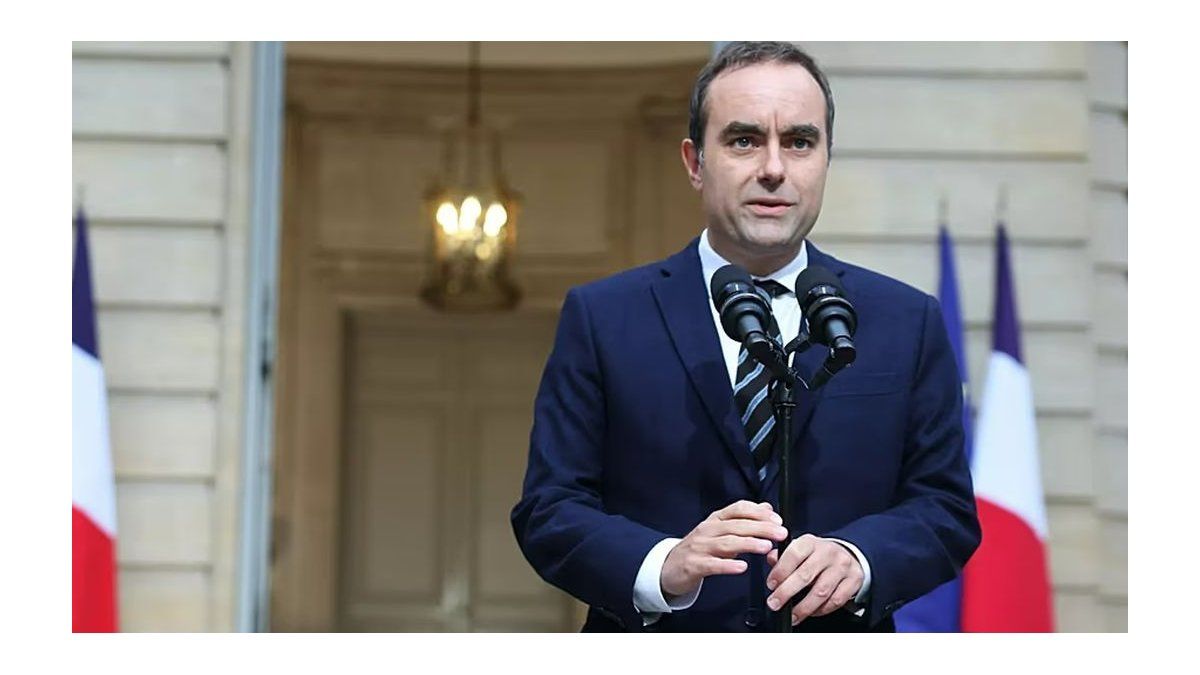A shortened deadline for a project, an additional special task and then two colleagues with the flu are absent: If the work gets out of hand, the stress paralyzes. On the other hand, we need it to work. But where is the golden mean?
On a few days it collapses: a project has to be finished much earlier, there are also unscheduled special tasks, three positions have still not been filled – and half of the department is in bed with the flu. And their tasks must also be taken over. In short: you simply feel overwhelmed with the mountain of work. And instead of being able to concentrate on individual tasks, you are completely unproductive. And do everything just a little.
Compensating work through fewer employees and additional projects increases the workload of the individual – this can even make you sick. On the other hand, we all need a certain amount of pressure – or stress – to get going at all. But where is the point at which the pressure brings us to high performance? And when is it just too much? A theory from 1908 tries to approach this point: It relates effectiveness or productivity to one’s own state of tension or excitement. Those who are under-challenged fall short of their possibilities. As the stress level rises, so does productivity. Until it rises above a certain point and then sinks again. The special thing about this curve: It is different for everyone. Some people just need a low level of stress to feel overwhelmed. For others, the pace can be significantly higher – and they are productive and happy because they almost need stress to function.
So it’s about finding the exact point for yourself: Where is my high point in the? , Professor of Psychology at the University of Texas, at Fast Company: Make a list of your everyday tasks and rate them with a stress factor between 1 and 10. After a few weeks you will have a pretty clear picture of when you will were particularly productive and which tasks caused stress – and why. The psychologist emphasizes that stress also brings with it energy, which now has to be diverted into completing the tasks.
How to work successfully in stressful situations
As a first step, it is strongly recommended to calm down if the stress breaks down again. With constant stress, it would be very difficult to achieve anything at all if the stress was not reduced. According to Markman, relaxation exercises can help: breathe deeply, count your breaths, and focus on something other than work.
But not everyone comes down this way. A walk can also help to shake off the stress for a moment. Fitness exercises are good too. : The “temporary separation from your work area” can help to focus.
The next step is to sort the workload. Often times, it helps to start with a task that you are good at and do well. Time-consuming projects that cannot be removed from the list are slipping back.
When you start to work, push aside pesky ballast. Close the e-mail inbox, Messenger will be switched off. Focus on the task, everything else will be hidden. Another piece of advice from Markman: Try to concentrate fully on the task at least for five to ten minutes. Divide the tasks into smaller sub-goals in your mind. And so you crawl your way through the task. According to the expert, motivation will increase with every partial goal achieved.
If you notice that the work demands are simply too high, speak to your supervisor. Because it’s not just about how you get a job done – it’s how you do it. Perhaps a project needs to be particularly careful. Another may be less about quality – you can get those tasks done in less time and the result will still be fair.

Talking to the boss has another plus point: you can explain how much time you need for tasks. Most of the time, the manager is not very clear. Perhaps it is also possible for another employee to take over? Anyone who has personal responsibility themselves will have to delegate tasks. Even if the team member does the task differently or maybe even worse. You can readjust with brief feedback.
Source From: Stern
Jane Stock is a technology author, who has written for 24 Hours World. She writes about the latest in technology news and trends, and is always on the lookout for new and innovative ways to improve his audience’s experience.




